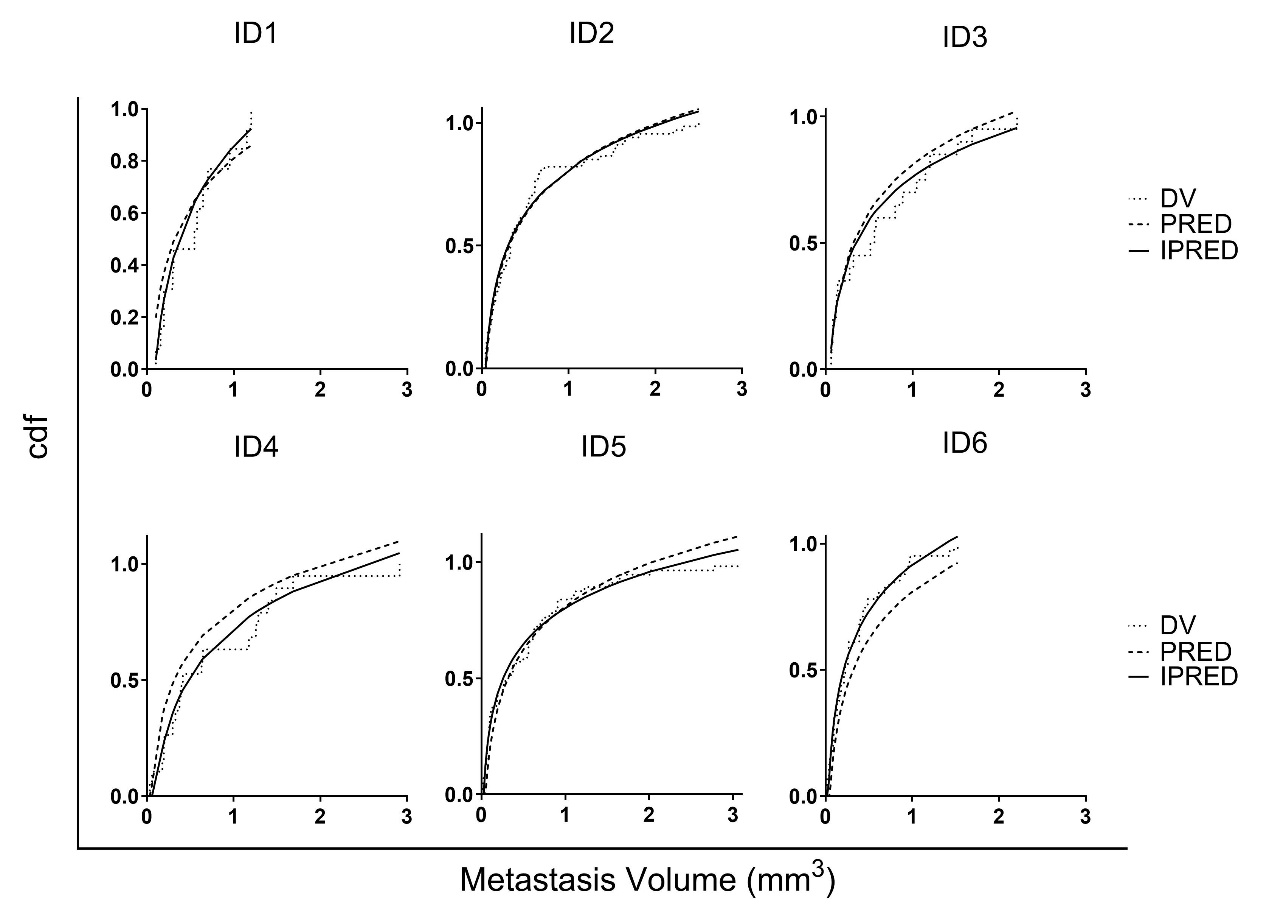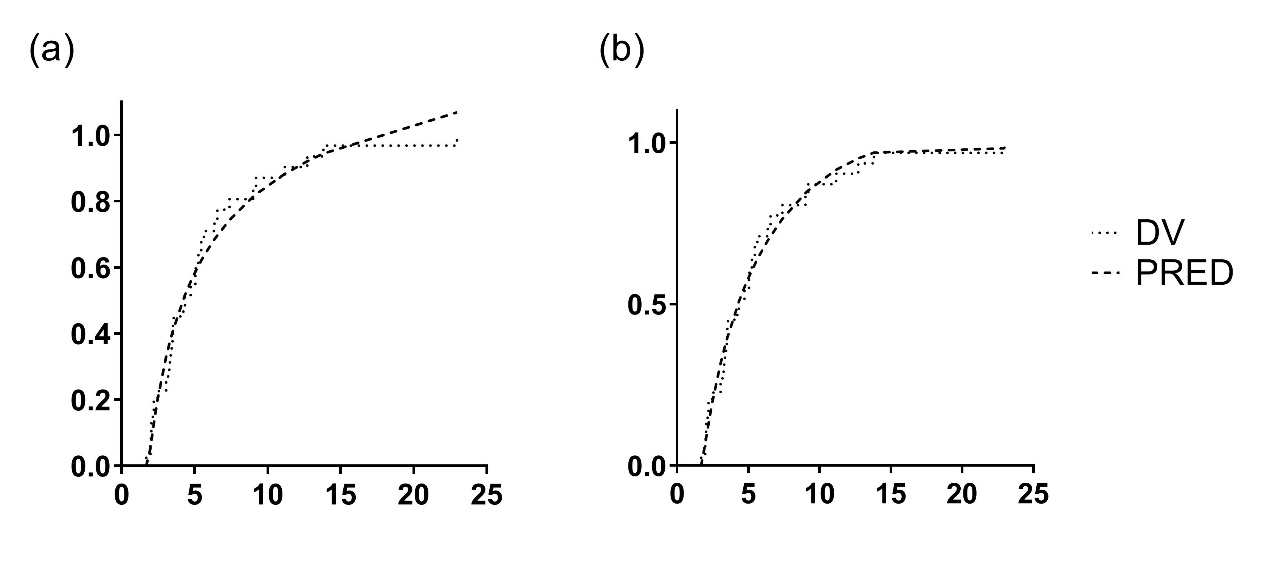| [1] |
Spano, D.; Heck, C.; De Antonellis, P.; Christofori, G.; Zollo, M. Molecular networks that regulate cancer metastasis. Semin. Cancer Biol. 2012, 22, 234–249.
|
| [2] |
Kozłowski, J. ; Kozłowska, A. ; Kocki, J. Breast cancer metastasis - insight into selected molecular mechanisms of the phenomenon. Postepy Hig. Med. Dosw (Online). 2015, 69, 447–451.
|
| [3] |
Azmi, A. S. ; Bao, B. ; Sarkar, F. H. Exosomes in cancer development, metastasis, and drug resistance: a comprehensive review. Cancer Metastasis Rev. 2013, 32, 623–642.
|
| [4] |
Soto, A. M. ; Sonnenschein, C. Environmental causes of cancer: endocrine disruptors as carcinogens. Nat. Rev. Endocrinol. 2010, 6, 363–370.
|
| [5] |
Scott, J. G. ; Gerlee, P. ; Basanta, D. ; Fletcher, A. G. ; Maini, P. K. ; Anderson, A. R. A. Mathematical Modeling of the Metastatic Process. Exp. Metastasis: Modeling Anal. 2013, 189–208.
|
| [6] |
Newton, P. K. ; Mason, J. ; Bethel, K. ; Bazhenova, L. ; Nieva, J. ; Norton, L. ; Kuhn, P. Spreaders and sponges define metastasis in lung cancer: a Markov chain Monte Carlo mathematical model. Cancer Res. 2013, 73, 2760–2769.
|
| [7] |
Workman, P. L. ; Moran, P. A. P. The statistical processes of evolutionary theory. J. Am. Stat. Assoc. 1963, 58, 575.
|
| [8] |
Abracen, J. ; Looman, J. ; Langton, C. M. Treatment of sexual offenders with psychopathic traits: recent research developments and clinical implications. Trauma Violence Abuse. 2008, 9, 144–166.
|
| [9] |
Bartoszyński, R. ; Edler, L. ; Hanin, L. ; Kopp-Schneider, A. ; Pavlova, L. ; Tsodikov, A. ; Zorin, A. ; Yakovlev, A. Y. Modeling cancer detection: tumor size as a source of information on unobservable stages of carcinogenesis. Math. Biosci. 2001, 171, 113–142.
|
| [10] |
Hanin, L. ; Rose, J. ; Zaider, M. A stochastic model for the sizes of detectable metastases. J. Theor. Biol. 2006, 243, 407–417.
|
| [11] |
Hanin, L. ; Rose, J. Suppression of metastasis by primary tumor and acceleration of metastasis following primary tumor resection: a natural law? Bull. Math. Biol. 2018, 80, 519–539.
|
| [12] |
Yang, S. Y. ; Zhang, J. J. ; Huang, X. Y. Mouse models for tumor metastasis. Ration. Drug Design. 2012, 221–228.
|
| [13] |
Secondini, C. ; Coquoz, O. ; Spagnuolo, L. ; Spinetti, T. ; Peyvandi, S. ; Ciarloni, L. ; Botta, F. ; Bourquin, C. ; Rüegg, C. Arginase inhibition suppresses lung metastasis in the 4T1 breast cancer model independently of the immunomodulatory and anti-metastatic effects of VEGFR-2 blockade. OncoImmunology. 2017, 6, e1316437.
|
| [14] |
Yoon, J. ; Parish, C. R. ; Blackburn, A. C. ; Coupland, L. A. Potential contrasting effects of platelets on the migration and invasion of sarcomas versus carcinomas. Platelets. 2021, 32, 662–670.
|
| [15] |
Yang, L. ; Yong, L. ; Zhu, X. ; Feng, Y. Y. ; Fu, Y. ; Kong, D. M. ; Lu, W. ; Zhou, T. Y. Disease progression model of 4T1 metastatic breast cancer. J. Pharmacokinet. Pharmacodyn. 2020, 47, 105–116.
|
| [16] |
Feng, Y. Y. ; Jiao, P. L. ; Yan, X. X. ; Xue, Z. X. ; Yao, Y. ; Yang, L,; Kong, D. M. ; Su, H. ; Yong, L. ; Chen, G. S. ; Zhou, T. Y. Compound C17 inhibits the lung metastasis of breast cancer. J. Chin. Pharm. Sci. . 2019, 28, 716–727.
|
| [17] |
Yang, L. ; Yao, Y. ; Yong, L. ; Feng, Y. Y. ; Su, H. ; Yao, Q. Y. ; Xue, J. S. ; Lu, W. ; Zhou, T. Y. Dopamine D1 receptor agonists inhibit lung metastasis of breast cancer reducing cancer stemness. Eur. J. Pharmacol. 2019, 859, 172499.
|
| [18] |
Yang, L. ; Yao, Y. ; Feng, Y. y. ; Lu, W. ; Zhou, T. Y. Pharmacodynamic model of dopamine D1 receptor agonists in the treatment of breast cancer lung metastasis. J. Chin. Pharm. Sci. 2020, 29, 45–54.
|
| [19] |
Pulaski, B. A. ; Ostrand-Rosenberg, S. Mouse 4T1 breast tumor model. Curr. Protoc. Immunol. 2001. DOI:10. 1002/0471142735. im2002s39.
|
| [20] |
Entenberg, D. ; Voiculescu, S. ; Guo, P. ; Borriello, L. ; Wang, Y. R. ; Karagiannis, G. S. ; Jones, J. ; Baccay, F. ; Oktay, M. ; Condeelis, J. A permanent window for the murine lung enables high-resolution imaging of cancer metastasis. Nat. Methods. 2018, 15, 73–80.
|
| [21] |
Fidler, I. J. The pathogenesis of cancer metastasis: the ‘seed and soil’ hypothesis revisited. Nat. Rev. Cancer. 2003, 3, 453–458.
|
| [22] |
Ribatti, D. ; Mangialardi, G. ; Vacca, A. Stephen Paget and the ‘seed and soil’ theory of metastatic dissemination. Clin. Exp. Med. 2006, 6, 145–149.
|
| [23] |
Akhtar, M. ; Haider, A. ; Rashid, S. ; Al-Nabet, A. D. M. H. Paget’s "seed and soil" theory of cancer metastasis: an idea whose time has come. Adv. Anat. Pathol. 2019, 26, 69–74.
|
| [24] |
Chiarella, P. ; Bruzzo, J. ; Meiss, R. P. ; Ruggiero, R. A. Concomitant tumor resistance. Cancer Lett. 2012, 324, 133–141.
|
| [25] |
Lange, P. H. ; Hekmat, K. ; Bosl, G. ; Kennedy, B. J. ; Fraley, E. E. Accelerated growth of testicular cancer after cytoreductive surgery. Cancer. 1980, 45, 1498–1506.
|
| [26] |
Bonfil, R. D. ; Ruggiero, R. A. ; Bustuoabad, O. D. ; Meiss, R. P. ; Pasqualini, C. D. Role of concomitant resistance in the development of murine lung metastases. Int. J. Cancer. 1988, 41, 415–422.
|
| [27] |
di Gianni, P. ; Franco, M. ; Meiss, R. P. ; Vanzulli, S. ; Piazzon, I. ; Pasqualini, C. D. ; Bustuoabad, O. D. ; Ruggiero, R. A. Inhibition of metastases by a serum factor associated to concomitant resistance induced by unrelated murine tumors. Oncol. Rep. 1999, 1073–1084.
|
| [28] |
Blaheta. Expression of angiogenesis inhibitors in human bladder cancer may explain rapid metastatic progression after radical cystectomy. Int. J. Mol. Med. 2009, 261–266.
|
| [29] |
Walker, J. ; Hansen, C. H. ; Martin, P. ; Symeonides, S. ; Ramessur, R. ; Murray, G. ; Sharpe, M. Prevalence, associations, and adequacy of treatment of major depression in patients with cancer: a cross-sectional analysis of routinely collected clinical data. Lancet Psychiatry. 2014, 1, 343–350.
|
 )
)


